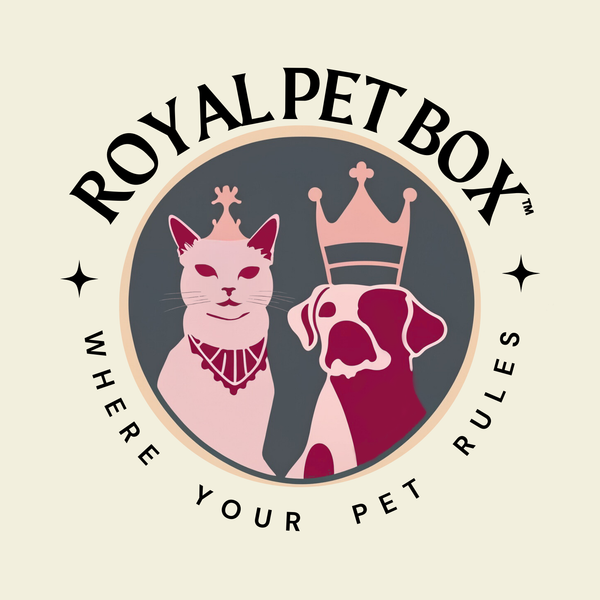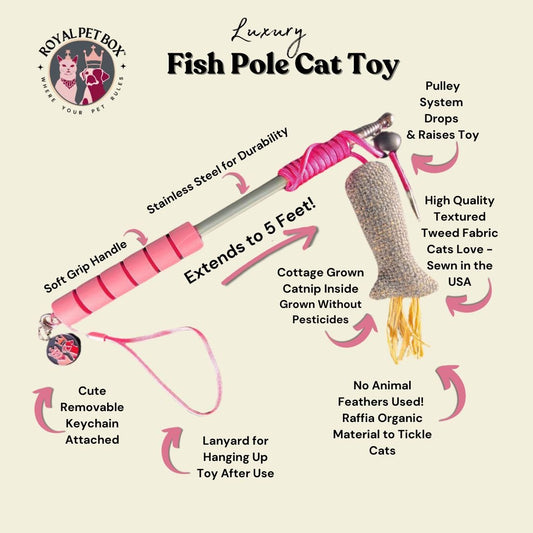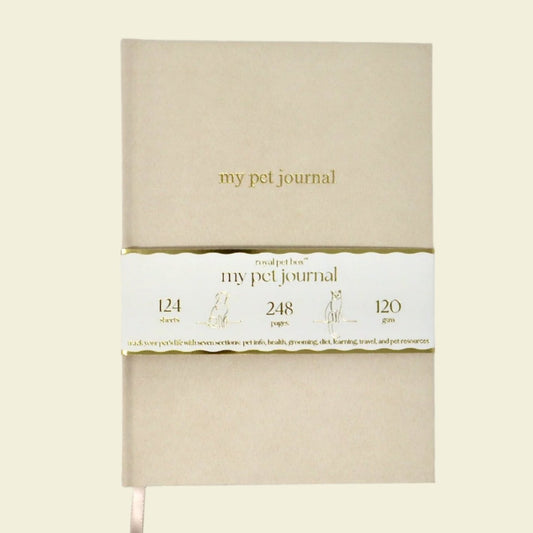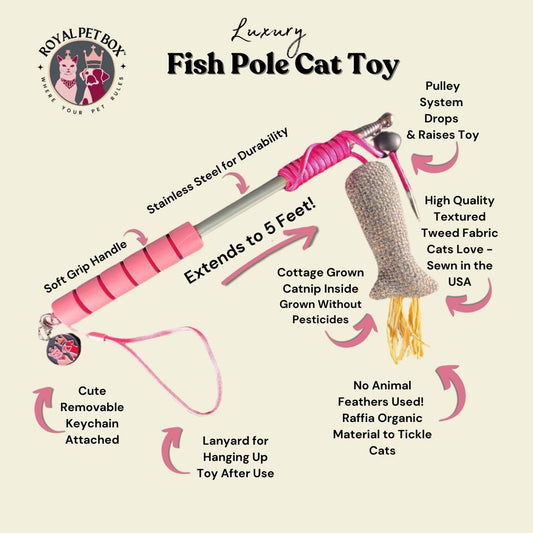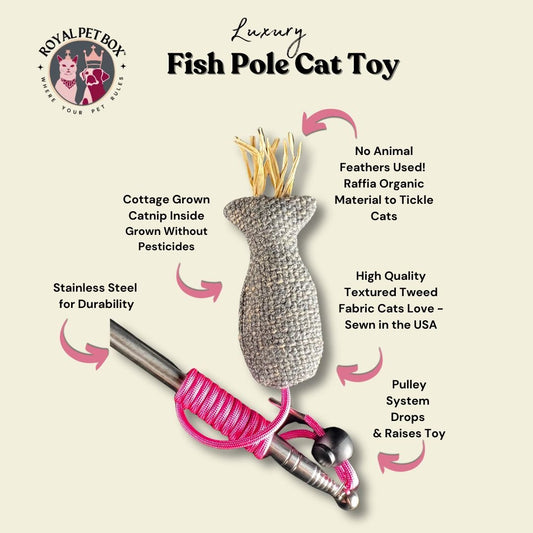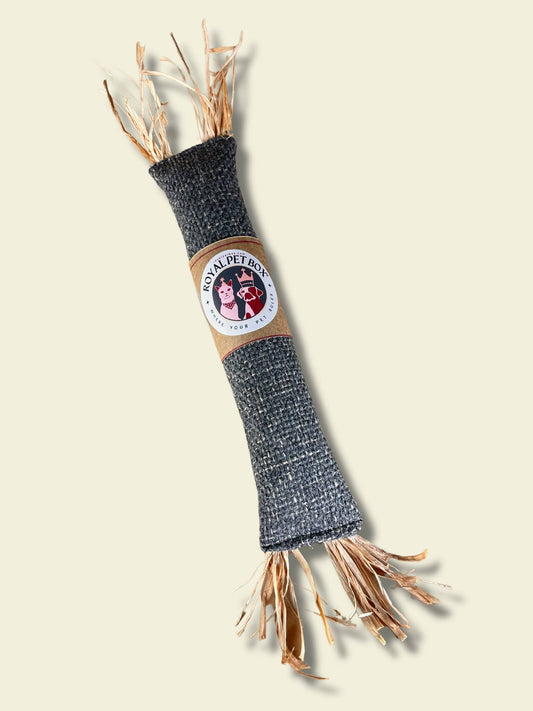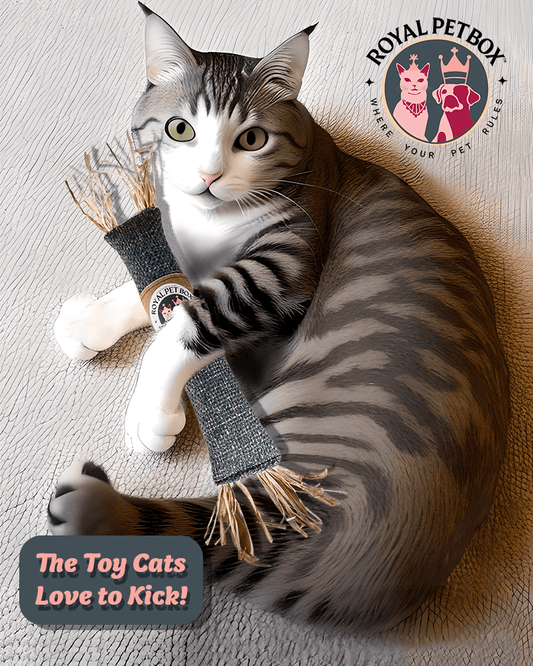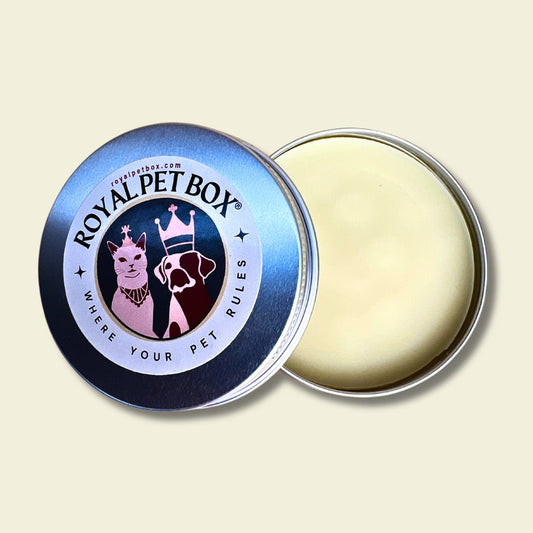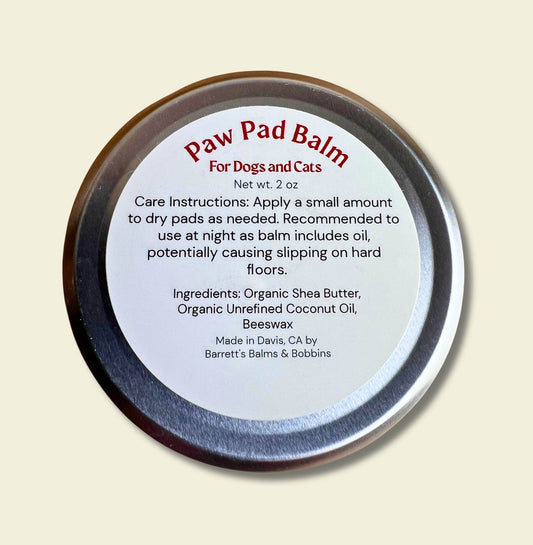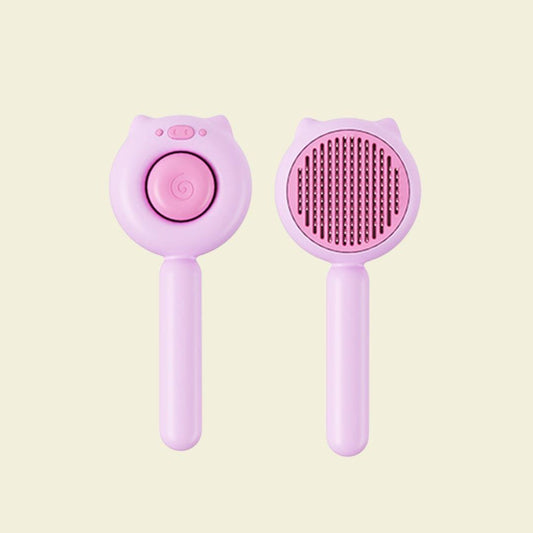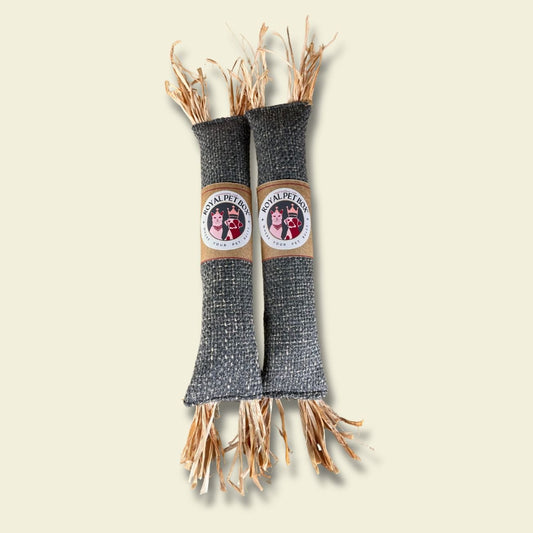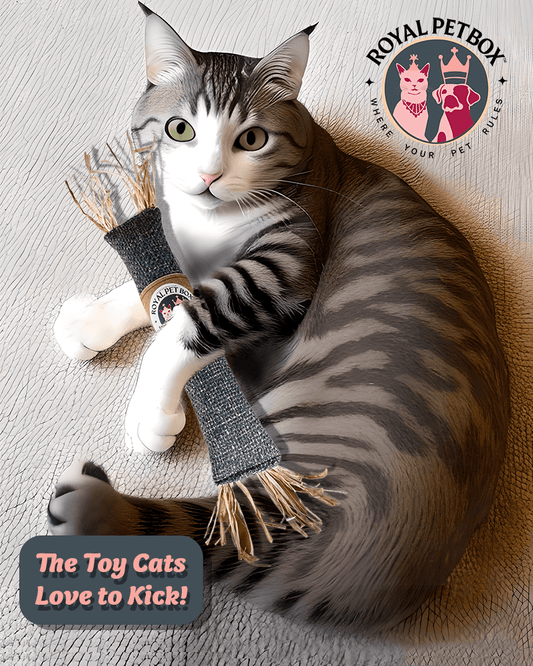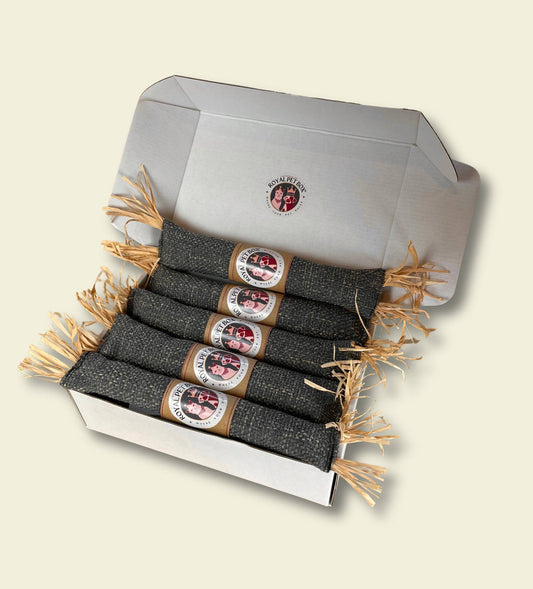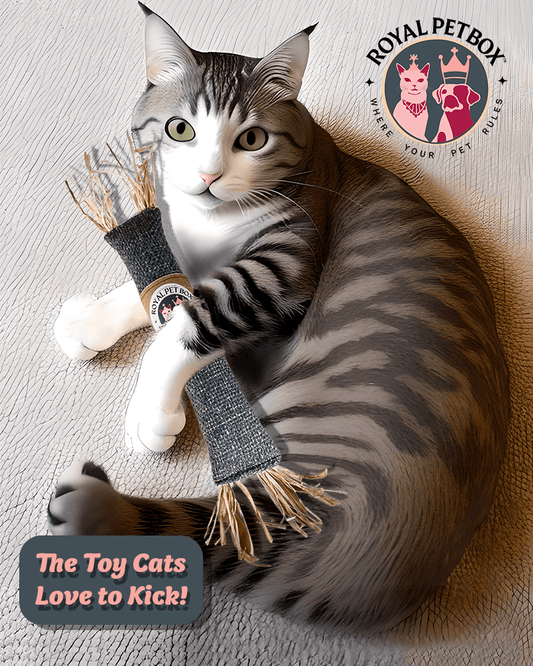
Tips for Pet Paw Pad Care
Paris DeesingShare
Our furry friends' paws are their primary mode of transportation, allowing them to explore the world around them with enthusiasm and curiosity. Yet, amidst all the adventures, their paw pads bear the brunt of the elements, from hot pavements to icy sidewalks. As responsible pet owners, it's crucial to pay attention to these often-overlooked parts of our pets' bodies. Just like any other aspect of pet care, maintaining healthy paw pads is essential for your pet's overall well-being. Here's why and how to care for your cat or dog's paw pads.
Why Paw Pad Care Matters
Protection: Paw pads act as a protective barrier between your pet's feet and the ground. They are designed to withstand various terrains and weather conditions. However, without proper care, they can become dry, cracked, and susceptible to injury.Sensory Function: Paw pads are equipped with sensory receptors that help animals navigate their environment. Keeping them healthy ensures that your pet can maintain their balance and grip effectively.
Comfort: Just like humans, pets can experience discomfort and pain if their paw pads are injured or damaged. Cracks, cuts, or burns on the paw pads can cause considerable discomfort and hinder your pet's mobility.
Prevention of Infections: Neglected paw pads are more prone to infections caused by bacteria, fungi, or parasites. Regular care can help prevent these issues and keep your pet healthy and happy.
Tips for Paw Pad Care
Regular Inspections: Make it a habit to inspect your pet's paw pads regularly. Look for signs of cuts, cracks, swelling, or foreign objects lodged between the toes. Early detection of issues allows for prompt treatment and prevents complications.Moisturize: Keep your pet's paw pads hydrated by applying a pet-safe moisturizer or balm. Avoid products containing harsh chemicals or fragrances that could irritate
 their sensitive paw pads. Opt for natural ingredients like shea butter or coconut oil, which provide gentle hydration such as those found in Royal Pet Box's Paw Pad Balm.
their sensitive paw pads. Opt for natural ingredients like shea butter or coconut oil, which provide gentle hydration such as those found in Royal Pet Box's Paw Pad Balm.Trimming Nails: Overgrown nails can cause your pet to walk improperly, leading to discomfort and potential paw pad injuries. Ask your groomer or veterinarian to keep your pet's nails trimmed to an appropriate length to prevent them from curling under and affecting their gait.
Protect from Extreme Temperatures: In hot weather, avoid walking your pet on scorching pavements to prevent burns on their paw pads. Similarly, in cold weather, protect their paws from ice and snow by using pet-safe booties or applying a protective wax.
Cleanliness: After walks, gently wipe your pet's paws with a damp cloth to remove dirt, salt, or chemicals they may have come into contact with. This simple step helps prevent irritation and keeps their paw pads clean and healthy.
Proper Diet and Exercise: A balanced diet and regular exercise contribute to overall paw pad health. Proper nutrition supports the growth of strong, resilient paw pads, while exercise helps maintain muscle tone and circulation in the feet.
Consult Your Veterinarian: If you notice any abnormalities or persistent issues with your pet's paw pads, consult your veterinarian promptly. They can provide guidance on appropriate treatment and recommend any necessary interventions.
By incorporating these simple practices into your pet care routine, you can ensure that your furry companion's paw pads remain healthy and resilient. Remember, a little attention goes a long way in keeping your pet happy, comfortable, and ready for all the adventures that lie ahead!
Check out our luxury pet products at reasonable prices, shown below. Visit our "Royal Pet Box Pet TV" Channel on both Roku and YouTube for fabulous pet-related education and entertainment.
